What is reshoring? Since the early nineties, the fashion industry has focused largely on the relocation of production, driven mainly by issues of margins and labour costs. For some years, also thanks to the increase in the prices of resources and raw materials, we have been witnessing the opposite phenomenon: the so called reshoring.
By reshoring – or nearshoring – we mean the return of production to the country of origin or in any case geographically closer. This is not a brand-new theme and not only in Italy, but the supply difficulties that we have been experiencing for several months now has made it more topical than ever.
Some numbers
Several studies have analysed the phenomenon. At the European level, one of the most valid analyses was carried out between 2015 and 2018 by the European Reshoring Monitor, an organization arising from the collaboration between Eurofound and a group of researchers from several Italian universities to monitor cases of reshoring in the European Union and in the EFTA area (European Free Trade Association). The project recorded 253 cases of reshoring, 60% of them between 2016 and 2017. The largest number of production repatriations were, in order, the United Kingdom, Italy and France. If we take into consideration the countries where production had been delocalized, absolute primacy belongs to China with 30% of cases, followed at a distance by India and Poland with 6%.
A nice and good choice
Our domestic textile and fashion sector seems to be doing great: in the first quarter of 2022, Italian weaving grew by 34%, with a + 46% in exports and this in spite of the shortage of skilled labour and above all the costs of raw materials, energy and gas.
To urge textile and fashion companies to adopt zero-kilometre solutions is not so much a problem of costs – or at least, this is not the reason at the origin of the trend – when the need is to guarantee services at its historically high levels and also the opportunity to consolidate its reputation in the environmental field.
High labour costs have long served to justify offshore production. Today, however, the volatility of supply chains, shipping complications and costs, duties, uncertainties generated by socio-political instability and the proliferation of automation technologies, which lead to a significant reduction in the number of workers needed to carry out many processes, make reshoring a profitable, practical option. and, ultimately safer. A sustainable choice because it also helps to contain excess production: supply centres far from the reference markets, in fact, imply cumbersome forecasting of demand and consequently higher risks of overproduction.
The recovery of the short supply chain
In our country, the trend seems to be gaining more consensus than elsewhere, linked as well to the willingness of companies to invest in the values of Italianness and in districts of excellence. With profitable returns in terms of efficiency, because the short supply chain – and there is no lack of supporting evidence – would guarantee better quality and timing without important contraindications for margins.
“When calculating the cost of a company’s supply chain, production is not the only component of the equation,” says Francesca Rulli, CEO of Process Factory and Ympact and founder of the 4sustainability® framework. “Items such as transport, logistics, and storage are of equal importance and it is not just a question of money. In fact, relocation poses other problems such as lower quality of production, theft of intellectual property in countries where controls on compliance with the laws are more labile, low health and safety standards in factories and so on“.
Relocation, in this sense, is part of an approach making fashion unethical. And there is no need to mention in support the tragedy symbolized by Rana Plaza with its 1100 deaths or last year’s fire in Karachi, which claimed 300 victims. The complaints at global events such as the Copenhagen Fashion Summit and the countless interviews with workers in the clothing sector represent a picture that shakes public opinion and pushes more and more brands to review their choices in favour of the short supply chain.
“If a brand embraces sustainability and consistently decides to monitor its production, it must opt for suppliers able to follow it on certain ethical and environmental choices“, underlines Rulli. “The principles of sustainability, answered by the tendency to bring production closer to sales markets– I produce in Europe what I sell in Europe, in Asia what I sell in Asia, etc. – are indisputable, but upstream there must always be a strategy that rewards the most virtuous and credible suppliers. Here, in this sense, Italy has a golden opportunity, because ours is a more advanced production chain both in terms of quality and sustainability: companies that choose 4sustainability as an implementation framework for the transition to sustainability provide us continuous demonstration. It is a matter of expanding the audience as much as possible to profit from this advantage on global markets“.
SMI: vital to redistribute value
According to Andrea Crespi, vice president of Sistema Moda Italia, the positive implications of reshoring for the manufacturing sector are obvious but pay attention to what happens upstream and downstream. “Upstream of the supply chain, the exorbitant costs of energy risk defusing the good that there is in reshoring from the start. Many companies are already in serious difficulty, despite having significant orders booked. And this is a paradox that is everyone’s responsibility to avoid, because if one link in the supply chain is skipped, the whole system crashes down to the valley. Redistribution of value along the entire supply chain, is the challenge to be won quickly! So welcome relocation.”

